Remembering Roy Kinnear: A charming screen presence whose life was cut tragically short
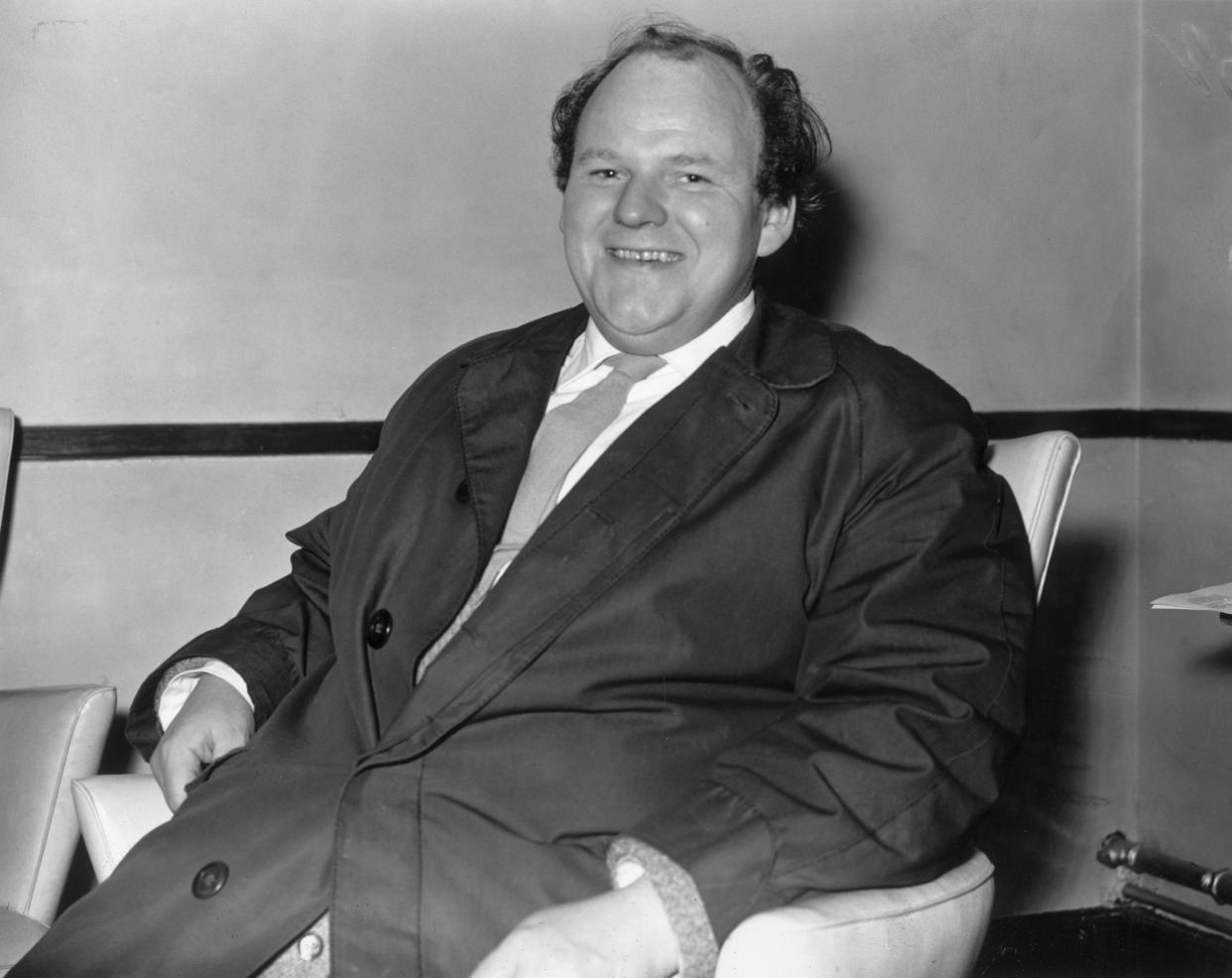
By the time it came to shooting Return of The Musketeers in 1988, the Richard Lester-directed movie adaptations of Alexander Dumas’ classic series of novels had already had their fair share of controversy.
Return… was the threequel to 1973’s Three Musketeers and The Four Musketeers: Milady’s Revenge and the speed at which the second of these was released was the reason for the problem.
The cast and crew had been under the impression they were shooting one movie. But when all the footage had been shot, producers Ilya and Alexander Salkind decided to split it into two movies – without the actors’ consent.
They sued and won a settlement, the case resulting in the Screen Actor’s Guild creating what is colloquially known as The Salkind Clause, preventing filmmakers from doing the same thing in the future.
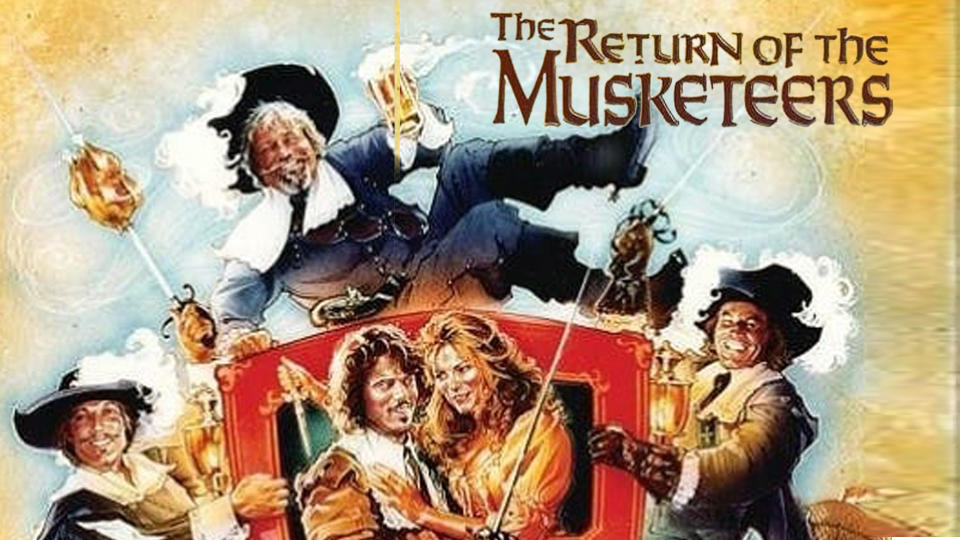
Nevertheless, the stars – including Michael York, Oliver Reed, Frank Finlay and Richard Chamberlain – were happy to strap on their scabbards 15 years later once again under the direction of Lester, best known as the helmer of Beatles’ movies like A Hard Day’s Night. Also returning was the funny British actor called Roy Kinnear, father of Bond actor Rory, who was a close friend of Lester and frequently appeared in his productions.
Read more: Films that lost a fortune
Kinnear was born in Wigan in 1934 and had made his mark as a TV comedy performer, before starring in things like Help! (1965), Willy Wonka and the Chocolate Factory (1971) as Veruca Salt’s dad, as well as various sitcoms.
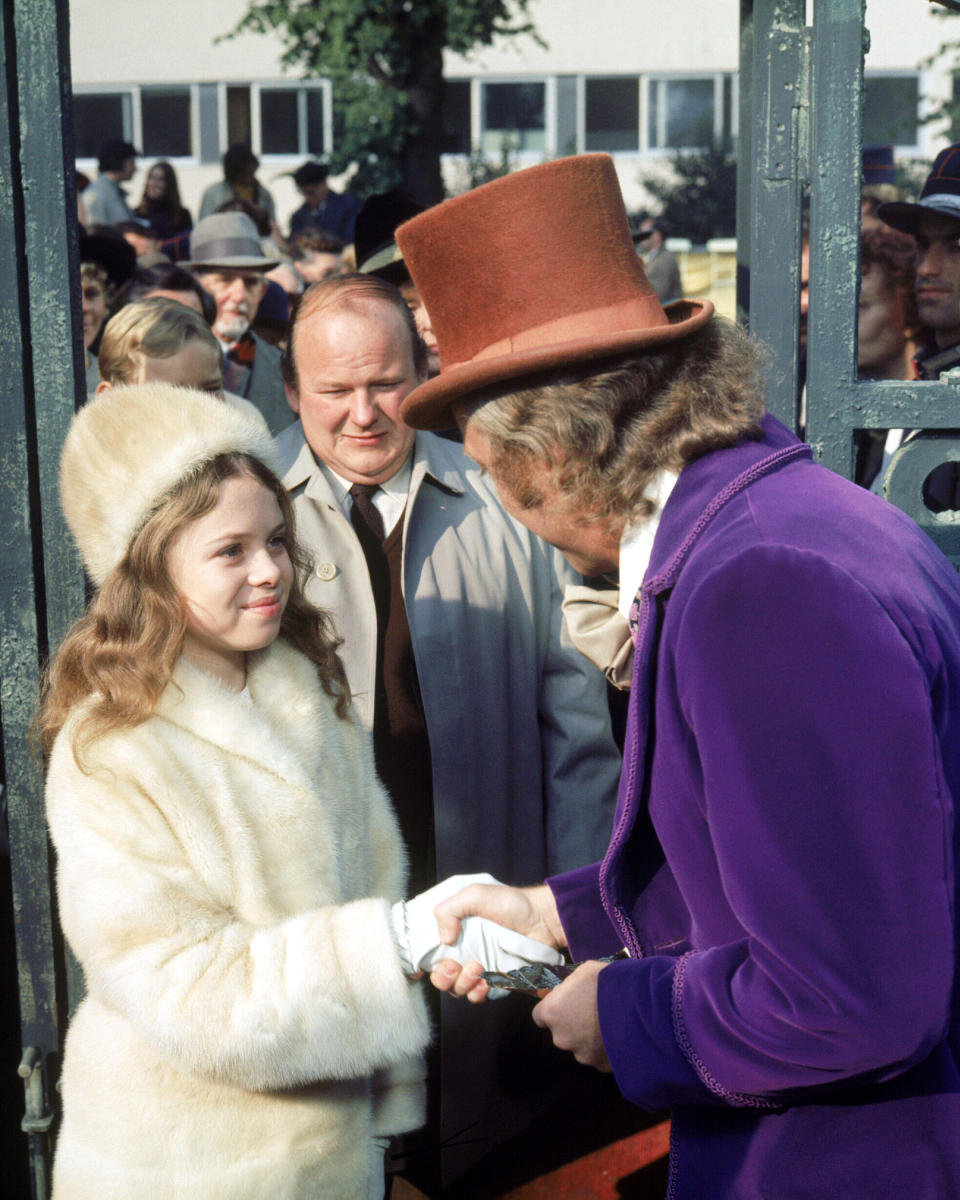
He voiced Pippin the 1978’s animated classic Watership Down. By the time he was asked to reprise his role as loyal servant Planchet in Return of the Musketeers, he was 54, successful and married to fellow actor Carmel Cryan with three young children.
As well as the producers’ sequel tampering, the franchise had previously been no stranger to accidents. During the shooting of the first instalment, Reed had to go hospital after getting a sword in his arm and York had almost lost an eye during a duel. The latter, who played D’Artagnan, took to using his script as makeshift body armour under his costume.
The stunt that eventually turned fatal doesn’t on its face seem that terrifying. The four Musketeers and Kinnear were supposed to gallop on horses over a bridge in Toledo, Spain and grind to a halt. But the bridge was covered with flagstones and was slippery. The lead actors said it was too dangerous because of the drop either side. Even a stunt co-ordinator said it was unsafe.
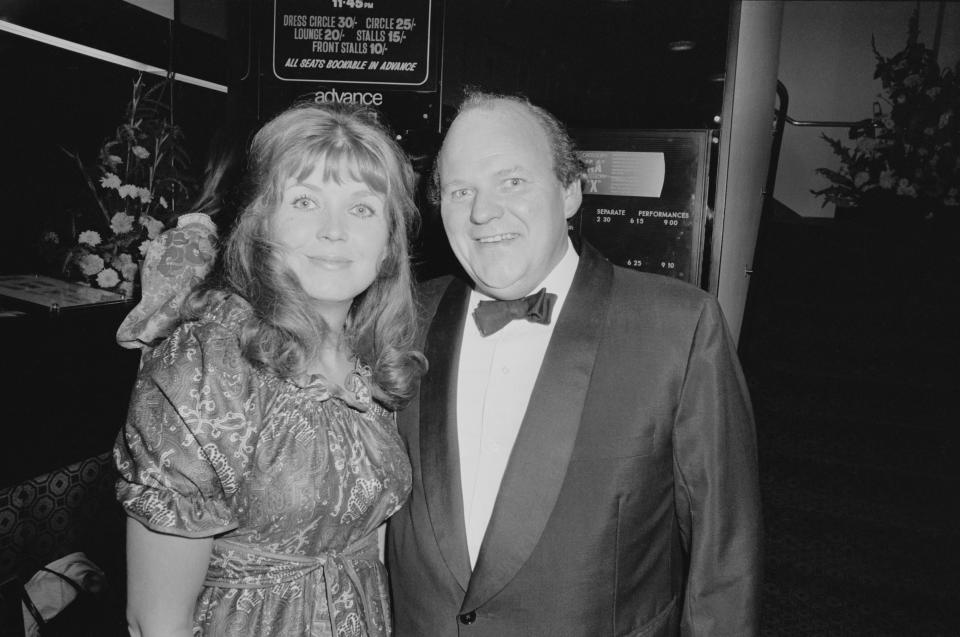
And that’s not counting Kinnear’s dislike of horseriding. “I’ll ride if I am forced to,” he once told Carmel, “I’ll never do it for pleasure.” He was only given 15 minutes to practice for the shot.
Action was called and the actors rode across the bridge, but Kinnear’s horse lost its footing and the actor was thrown off, damaging his pelvis. His wife and kids had been with Kinnear for most of the production but had since returned to England. After he was whisked to the Ruber Internacional Hospital in Madrid, Carmel was informed and she flew back to Spain immediately.
“I was unhappy when I saw the hospital,” she told the Times in 2011. “There was nobody around. ‘My God, we must get out of this place,’ I told him, ‘they don’t care if you live or die’.”
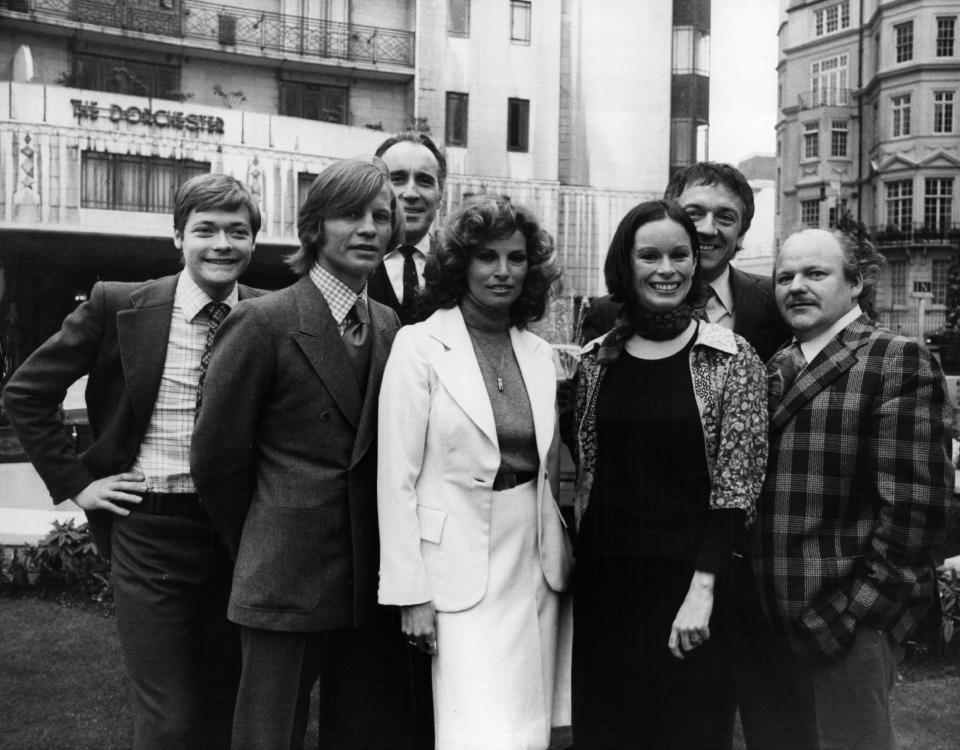
Doctors appeared to be happy with his progress, but he’d lost five pints of blood. The next day, after being transferred to a nearby clinic, he had a heart attack and died.
Unsurprisingly, the film’s cast and crew were in shock. “It was ghastly,” recalled the movie’s screenwriter George MacDonald Fraser in his autobiography. “He was such a jolly, witty character in the prime of life.”
Read more: The films still coming to cinemas in 2020
After taking a day to think about it, the decision was made to continue shooting. “We all unanimously came to the same decision to finish the film,” said Michael York later to LBC. “Primarily so that what Roy had contributed would endure.”
But not everyone agreed they should continue. Christopher Lee said it would have been better to cancel the film, while co-stars like Richard Chamberlain were furious. In an era before CGI, the rest of Kinnear’s role was performed by a body double and a sound-a-like was subsequently hired to voice his lines.
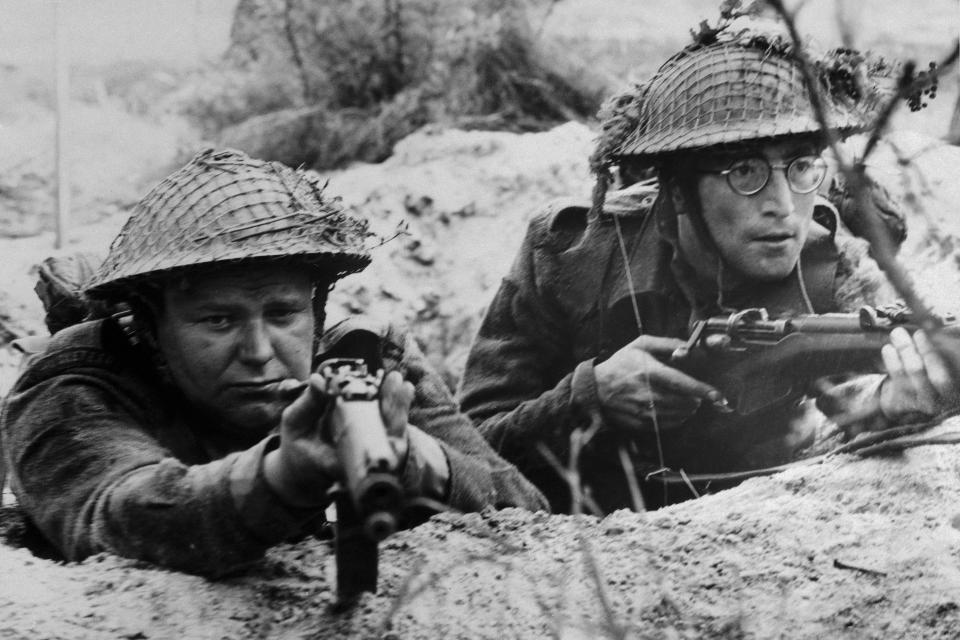
A movie spokesperson argued the film would be a tribute and that they hadn’t been wrong to allow Kinnear to do the stunt. “There is no question that any risk would be taken,” he told Screen International four days after the actor’s death. “You don’t take chances with key actors and in this picture Roy was a principal player.”
However, his wife was convinced that someone was at fault and needed to be found responsible, spending years in a protracted legal battle with the producers for compensation. They in turn claimed it was the hospital’s negligence, not them, that caused the star’s death.
In 1994, she was vindicated after being awarded £650,000 – the Spanish facility was eventually forced to pay a large amount of that settlement. “No money, nothing, will ever help us get over the last six years of hell or the next 20 years or more without him,” she said outside court.
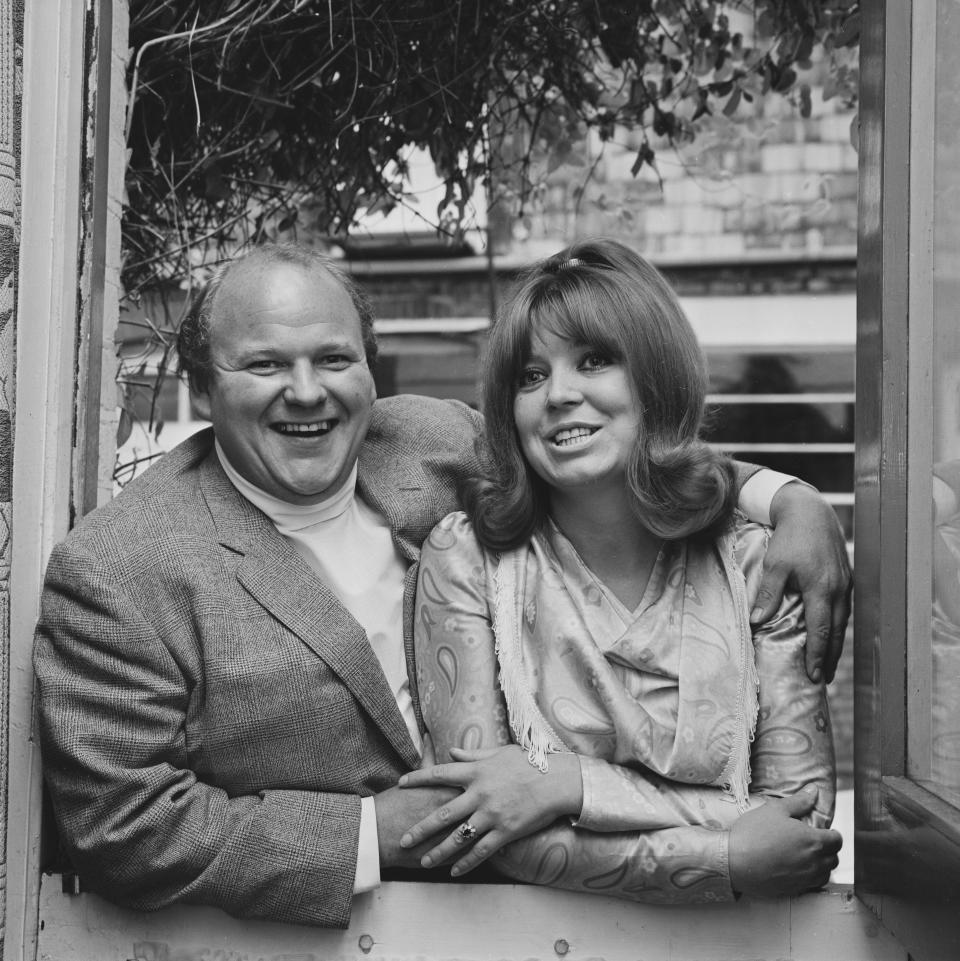
Director Richard Lester more or less retired after the incident, later telling Time Out, “I really won’t talk about The Return of the Musketeers, I never have and I won’t now. But I think you can draw your own conclusions.”
Michael York said in 1989, “I would like to feel Roy’s life was not wasted, that the example of his accidental death can be used to safeguard, that it never happens to any other actor anywhere.”
Fortunately, the Kinnear acting legacy continues. Son Rory, now 44, is a stage powerhouse best known internationally as intelligence wonk Tanner in the Daniel Craig 007 films.
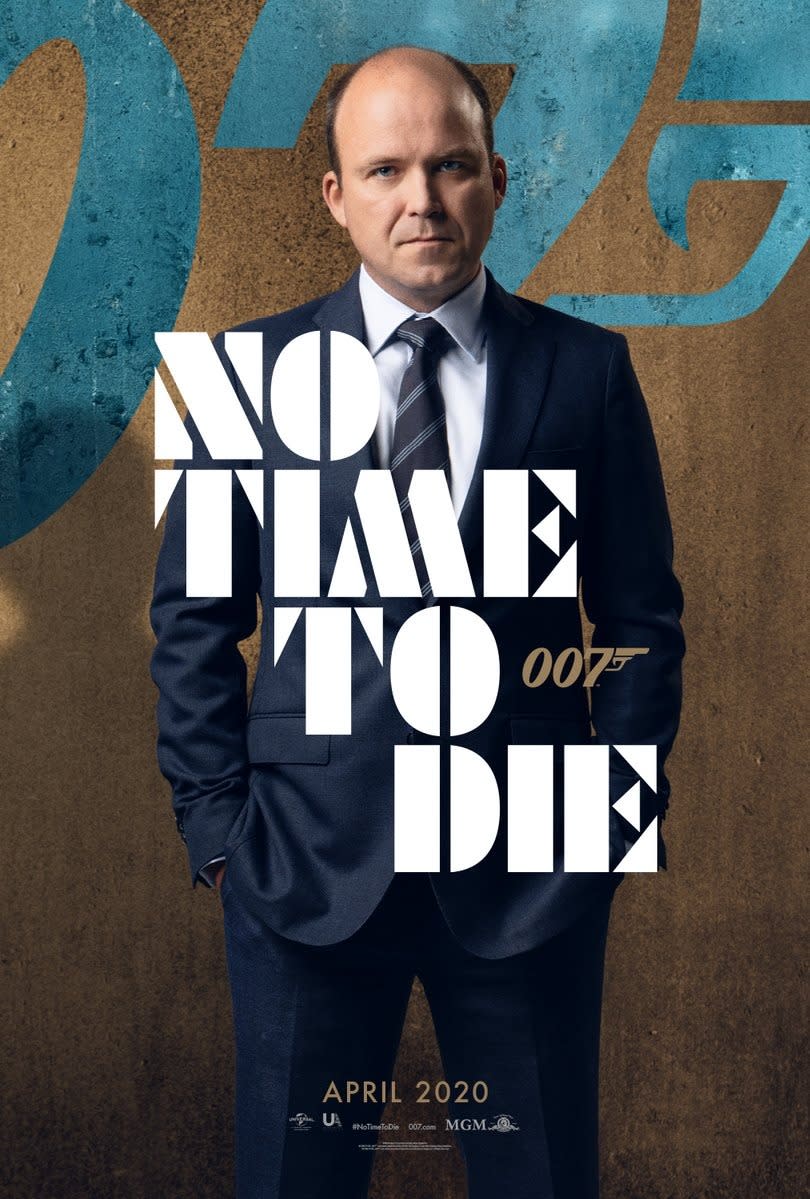
Sadly, Roy’s oldest daughter Karina recently died of Covid-19 aged 48. Prior to that, she lived in Roy Kinnear House, a home for several young people with disabilities built and maintained through a charity established by her mother.
Twenty three years after his death, Rory remembered his father in The Times. “The image the public had of my father and the person he really was overlap perfectly,” he said. “He was kind, generous, happy and very loving.”

 Yahoo Movies
Yahoo Movies 
